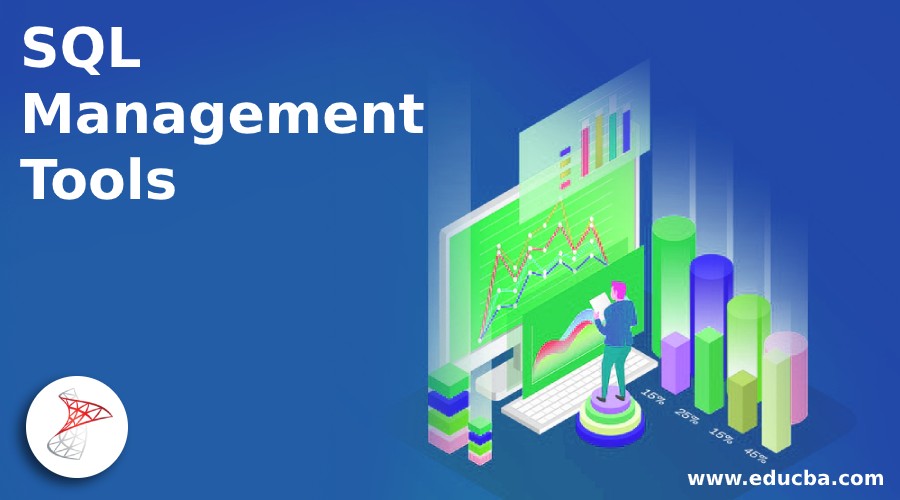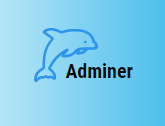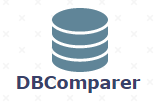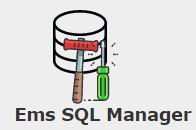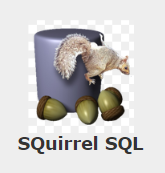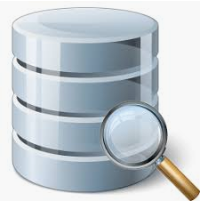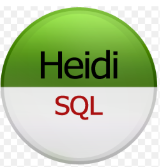Updated July 28, 2023
Introduction to SQL Management Tools
SQL or Structured Query Language is the widely used database management programming language in the databases like MySQL DB, Oracle DB, SQLite, MS SQL, MongoDB, etc. The various types of SQL Management Tools available in the market these days are DBComparer, EMS SQL Manager, Firebird, Adminer, SQuirrel SQL, DBeaver, SQLite Database Browser, DBVisualizer, HeidiSQL, FlySpeed SQL Query, etc. Each of these tools has their own individuality & beneficial features used for their efficacy and high performance of the database/ SQL management processes. There are many and a few widely adopted SQL Management tools are briefly explained as follows –
Different SQL Management Tools
The different management tools include the following components:
1. Adminer
Adminer is a DB management tool with which you can manage databases, tables, relations, permissions, users and other components using a web interface. This comes as an atomic PHP file just like the Apache server’s phpMyAdmin and this has support for many different types of databases mentioned above. You can connect to the server and login to a database with the server name, login credentials, and database name and then manage the databases & tables.
2. DBComparer
DBComparer is a DB comparison tool for analyzing the variations and differences in Microsoft SQL Server DB structures or schemas. With this, you can compare the database components like tables, columns, indices, primary & foreign keys, roles, users, etc.
It lets you choose two databases, compare them with respect to the properties and components the user specifies and shows SQL differences between the two different database objects or components. This also comes with a built-in SQL script editor with a provision to highlight the syntaxes.
3. EMS SQL Manager
Apart from the generic abilities of an SQL management tool, this tool:
- Has got full support for PostgreSQL
- Has visualization tools for building a query.
- Has relatively more secure management.
- Features to import and export the databases
With the integration of the above-mentioned features, this makes a very good alternative for MS SQL Server Management Studio.
4. Firebird
Firebird is a lightweight open source RDBMS management tool for both Windows and Linux. Few outstanding features of Firebird are as follows –
- Full-fledged implementation of stored procedures and triggers.
- All transactions are ACID property compliant.
- Has incremental backup features.
- Scopes different access methods like API based, ODBC, Python, etc.
One disadvantage of Firebird which would rather not be a deal breaker is that it has no front-end or user interface for managing the databases. However, one can use some 3rd party software like FlameRobin and TurboBird.
5. SQuirrel SQL
SQuirrel SQL Client is an SQL management tool that is based on Java to administer exclusively the JDBC (Java Database Connectivity) compliant databases. Using this might require the user to configure the necessary driver definitions (that specifies the driver to use for JDBC) and the alias so as to connect to a database. Like other, this also supports different databases like Oracle, MSSQL, MySQL, PostgreSQL, etc.
6. SQLite Database Browser
SQLite Database browser is an SQL management tool that helps you to create and manage the SQLite databases. Along with the other generic features of the database management tool, this also has the feature of importing and exporting the data from various databases. Value addition of this management tool is that this is an open source SQL management tool.
7. DBeaver
DBeaver is another SQL management tool that again possesses all the generic features like creating, editing, query execution, design of ER Diagrams, etc. But, this one is more or less a universal database tool used by many developers and it has a very low memory footprint. Any database like MySQL, Oracle, IBM DB2, PostgreSQL, etc. that is JDBC compliant can be managed using DBeaver. This database management tool also gives scope to develop plugins independently that would add more features to the tool.
8. DBVisualizer
DBVisualizer is another Universal database management tool that can handle any database that is JDBC compliant like MySQL, Informix, etc. As the name suggests, this comes with a feature which:
- Includes a browser for databases where you can navigate through different objects of the databases, with some visual tools to create & edit the databases and to execute the queries.
- This also has a SQL script editor with auto-complete option.
- These assist database administrators with storage and security policy implementations.
- This runs across different platforms like Windows, Mac, and Linux.
This forms a great SQL management tool as it has a great user interface with all the visual aids that make its usage very easy and intuitive.
9. HeidiSQL
HeidiSQL is an SQL management tool that exclusively supports MS SQL, MySQL and PostgreSQL DB’s. Like any other management tools –
- One can create, edit and view the tables.
- Set procedures, triggers, scheduled events, etc
- Other features like:
- Multiple database server management from a single-window also exists.
- Export and import options across databases.
- Bulk editing.
- Database design or schema optimization feature.
- Query execution tool also comes in handy.
This tool to has a great set of visualizations where once a user connects to the database, the tables, the primary and the foreign keys, the indices, etc. are all shown and the user can easily handle them.
10. FlySpeed SQL Query
FlySpeed SQL Query is an SQL management tool that helps you to connect to any database and have a grid view of the same along with all the other generic properties, attributes and features of an SQL management tool. This also allows you to customize your form view. There is something called as ‘Query Builder’ with which you can build and execute the SQL queries.
Conclusion
Database management by itself is a great technology that has made life so much easier. And because of the wide usage of the databases, it is very much necessitated to use such SQL management tools; especially by the database admins to handle & manage multiple databases within an application software ecosystem.
Recommended Articles
This is a guide to SQL Management Tools. Here we discussed the basic concepts, definition, and few useful SQL Management Tools. You can also go through our other suggested articles to learn more

